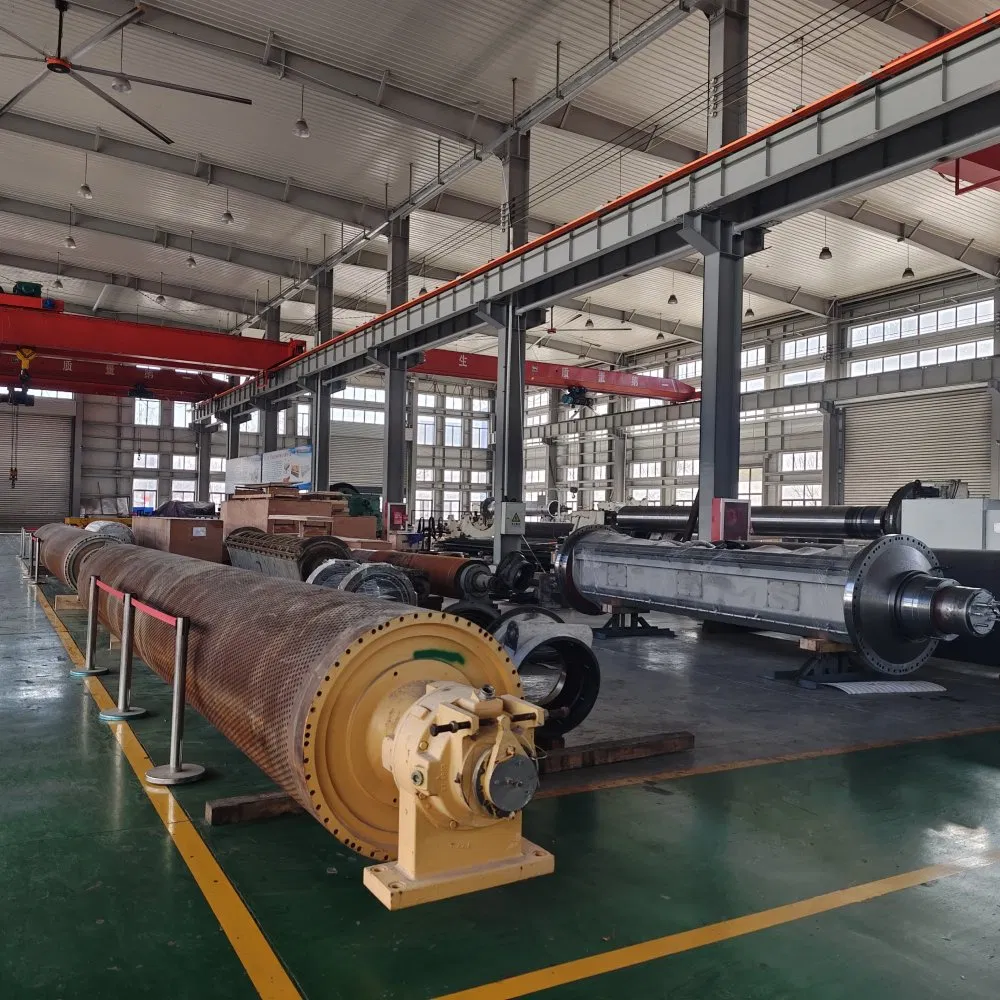Roll cover materials are an essential component of the paper manufacturing process. They come in various types, each with its unique properties and benefits. Selecting the right roll cover materials for different paper grades is crucial to ensure optimal performance, productivity, and cost-effectiveness.
Understanding Paper Grades
Before delving into the different roll cover materials, it is essential to understand the various paper grades. Paper grades refer to the classification of paper based on its intended use, physical properties, and performance characteristics. Common paper grades include newsprint, printing and writing paper, packaging paper, and specialty papers.
Common Roll Cover Materials
Roll cover materials can be broadly classified into three categories: elastomeric, metallic, and composite. Elastomeric materials are soft and flexible, making them ideal for applications that require high conformability and shock absorption. Examples of elastomeric materials include natural and synthetic rubber, polyurethane, and silicone. Metallic materials are hard and durable, making them suitable for high-load and high-speed applications. Examples of metallic materials include steel, chrome, and tungsten carbide. Composite materials combine the properties of elastomeric and metallic materials, providing a balance of conformability, durability, and wear resistance. Examples of composite materials include rubber-coated steel and polyurethane-coated chrome.
Selecting the Right Roll Cover Materials
The choice of roll cover materials for different paper grades depends on several factors, including the type of paper, the manufacturing process, and the desired performance characteristics. For instance, elastomeric materials are commonly used for newsprint and printing and writing paper due to their conformability and ability to handle the high-speed requirements of these applications. These materials can help reduce wear and tear on the rolls, extending their lifespan and reducing maintenance costs. Metallic materials are often used for packaging paper due to their durability and resistance to wear and tear. These materials can handle the high loads and speeds required for producing heavy-duty packaging materials. Composite materials are ideal for specialty papers that require a balance of conformability, durability, and wear resistance. These materials can help improve product quality and reduce production costs by minimizing defects and downtime.
Conclusion
Selecting the right roll cover materials for different paper grades is essential to ensure optimal performance, productivity, and cost-effectiveness. By understanding the various roll cover materials and their properties, paper manufacturers can make informed decisions that will help them achieve their production goals and meet the needs of their customers. Consulting with a roll cover manufacturer or supplier can also provide valuable insights and recommendations for selecting the right materials for specific applications.



